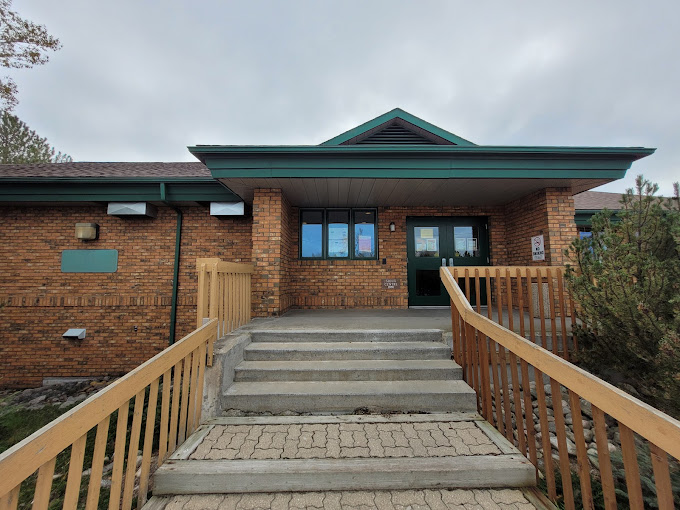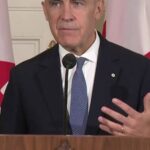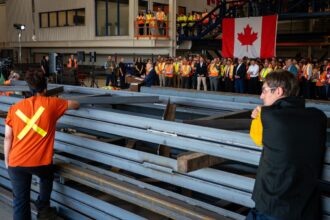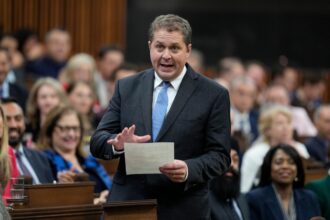In the vast expanses of Northern Ontario, where communities are separated by hundreds of kilometers of wilderness, access to healthcare isn’t just a matter of convenience—it’s a matter of survival. First Nations communities in the Sioux Lookout area have intensified their advocacy efforts for substantial improvements to medical transportation services, highlighting systemic deficiencies that have plagued the system for decades.
“Our people are literally putting their lives at risk just to access basic healthcare services that most Canadians take for granted,” says Chief Donny Morris of Kitchenuhmaykoosib Inninuwug First Nation. “The current medical transport system often forces patients to endure grueling journeys while already suffering from serious health conditions.”
The Sioux Lookout First Nations Health Authority (SLFNHA), which serves 33 First Nations communities across an area larger than France, reports that patient feedback has consistently emphasized transportation challenges as a critical barrier to healthcare access. The Non-Insured Health Benefits (NIHB) program, administered by Indigenous Services Canada, covers medical transportation costs for status First Nations members, but communities argue the program fails to address the unique geographical and infrastructural challenges of the region.
According to SLFNHA data, nearly 40% of medical transport experiences involve complications such as missed connections, inappropriate accommodations for patients with special needs, and insufficient communication about travel plans. These issues are especially pronounced during winter months, when weather conditions frequently disrupt air travel—the only feasible transportation option for many communities without year-round road access.
Janet Gordon, Chief Operating Officer at SLFNHA, explains that the organization has been working directly with community members to document their experiences. “We’re compiling comprehensive data that demonstrates the real human impact of these transportation failures,” Gordon notes. “It’s not just about inconvenience—it’s about people missing critical specialist appointments they’ve waited months for, or being stranded in unfamiliar cities without proper support.”
The challenges extend beyond the logistics of transportation. Many patients report cultural and language barriers when navigating medical systems in urban centers like Thunder Bay, Winnipeg, and Toronto. Elders who speak primarily Indigenous languages often travel without adequate translation services, leading to confusion, miscommunication, and compromised care.
The SLFNHA has presented Indigenous Services Canada with a detailed proposal for reforms, including dedicated patient navigators from the same cultural background, improved coordination between different transportation providers, and investment in weather-appropriate aircraft capable of serving remote communities year-round.
Federal officials have acknowledged the concerns, with Indigenous Services Minister Patty Hajdu stating that improvements to the NIHB program are under consideration. However, community leaders express frustration at the pace of change.
“We’ve been having these same conversations for generations,” says Chief Lorraine Crane of Slate Falls Nation. “Our people deserve a medical transportation system that recognizes both our geographical realities and our dignity as patients.”
Some communities have begun developing their own solutions in the interim. Mishkeegogamang First Nation has established a patient advocate program that trains community members to accompany elders during medical travel, while Sandy Lake First Nation has invested in improved communication systems to better track patients throughout their medical journeys.
The transportation challenges represent just one facet of the broader healthcare inequities facing Northern Ontario’s Indigenous communities. Studies consistently show significantly poorer health outcomes for First Nations people compared to the general Canadian population, with limited access to care being a contributing factor.
As winter approaches—a season that typically brings even greater transportation challenges—the push for meaningful reform takes on renewed urgency. Will this be the year that brings substantive change to a system that First Nations leaders describe as fundamentally broken, or will Northern Ontario’s Indigenous communities continue to face unnecessary barriers to essential healthcare?
For more information on healthcare challenges across the province, visit CO24 News or explore more regional coverage at Canada News.










